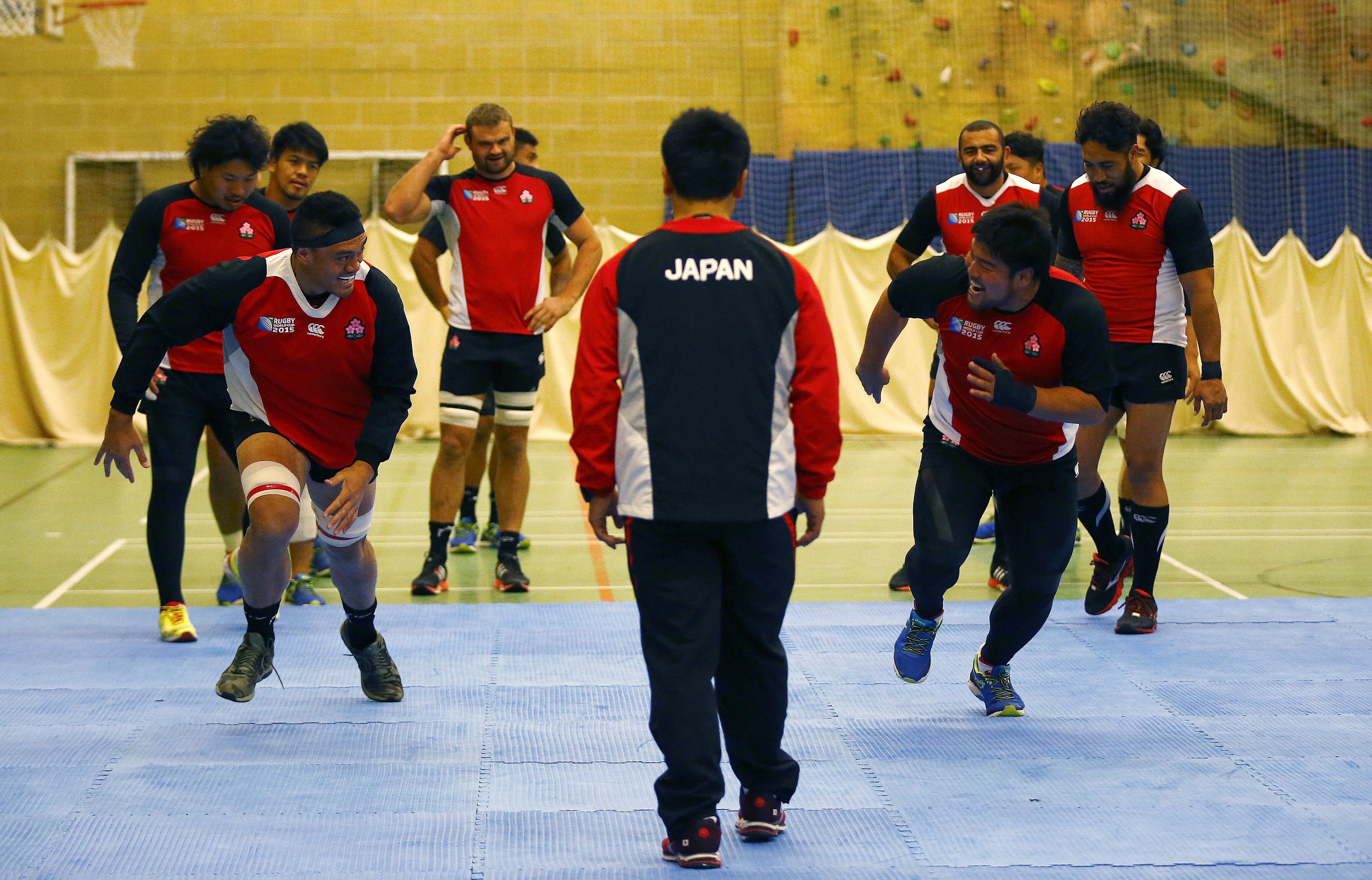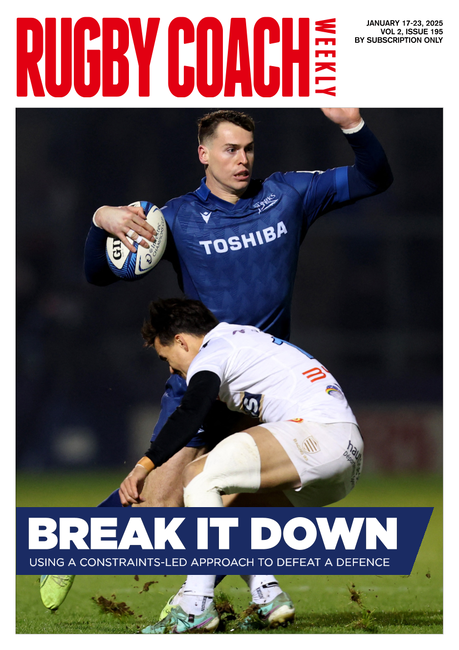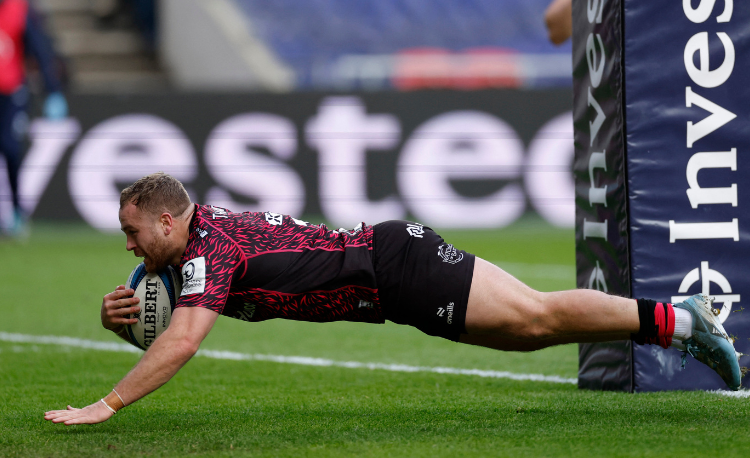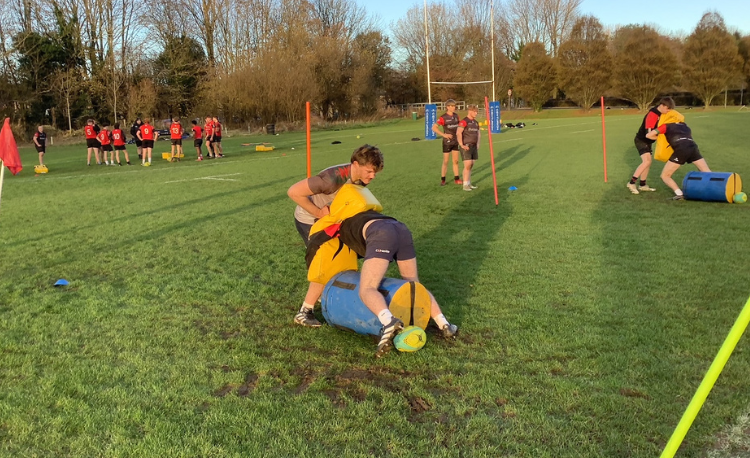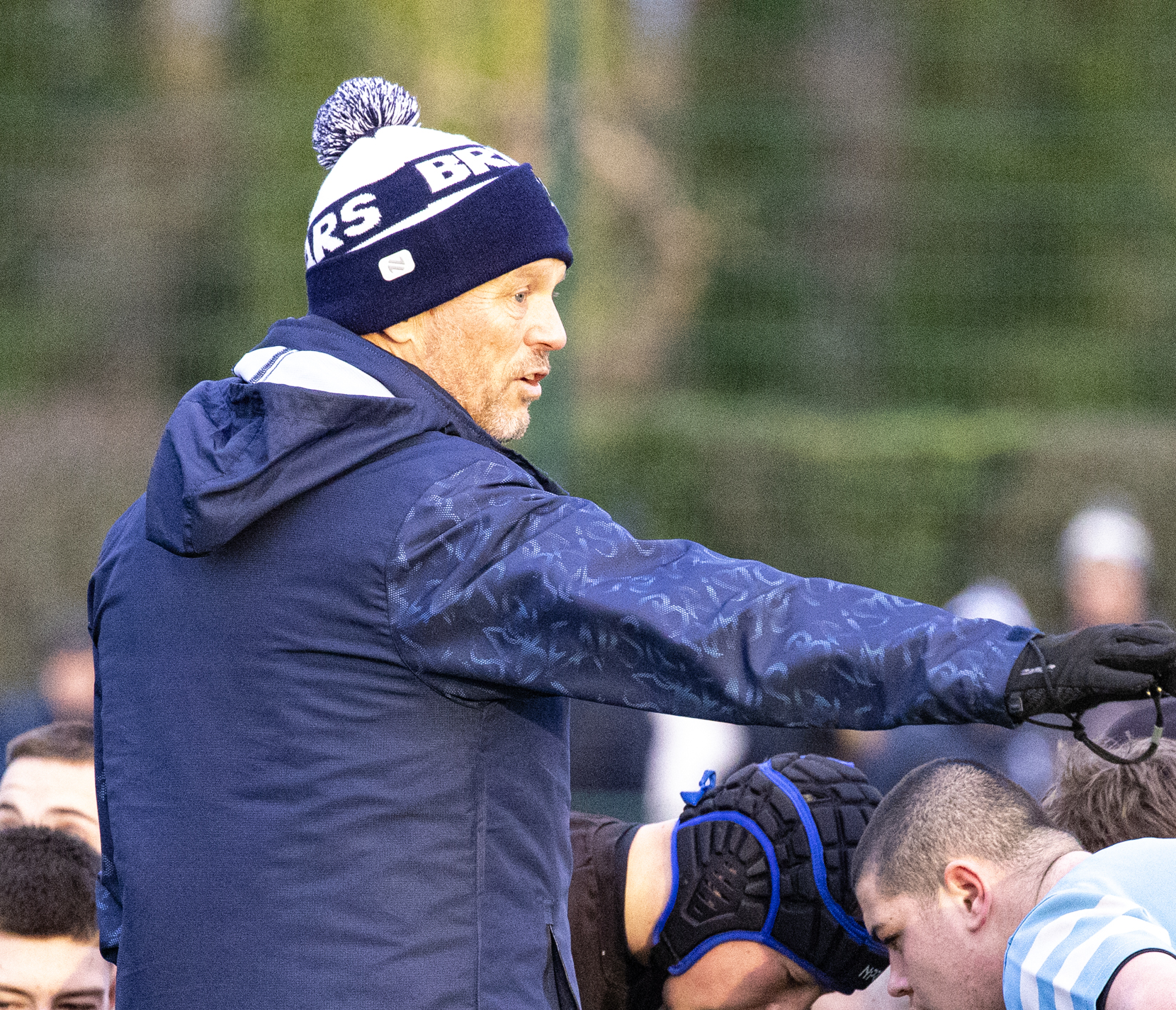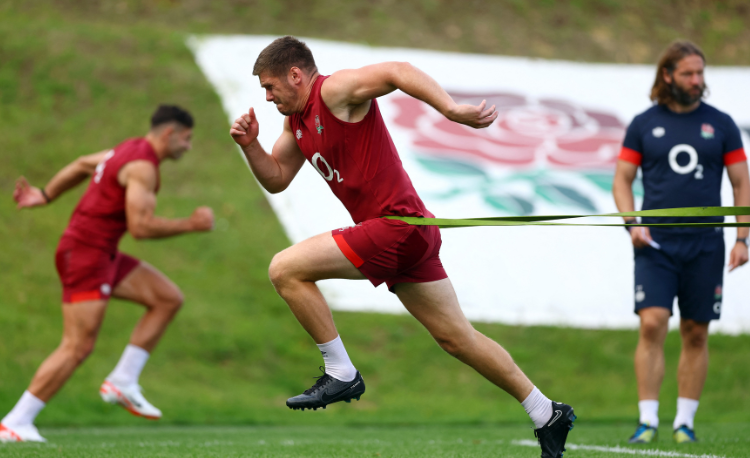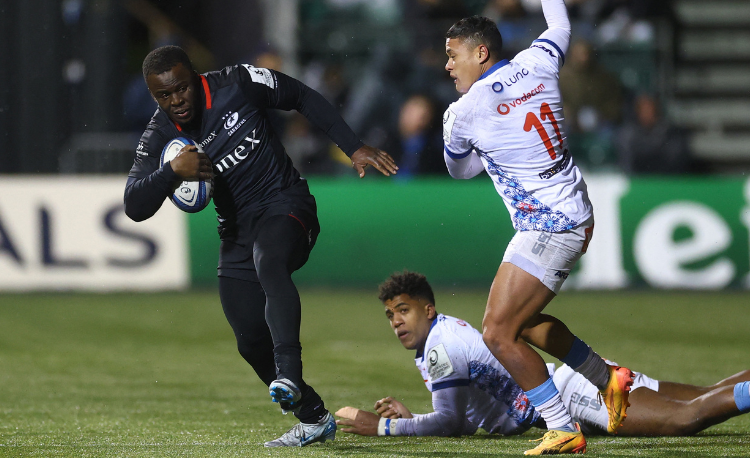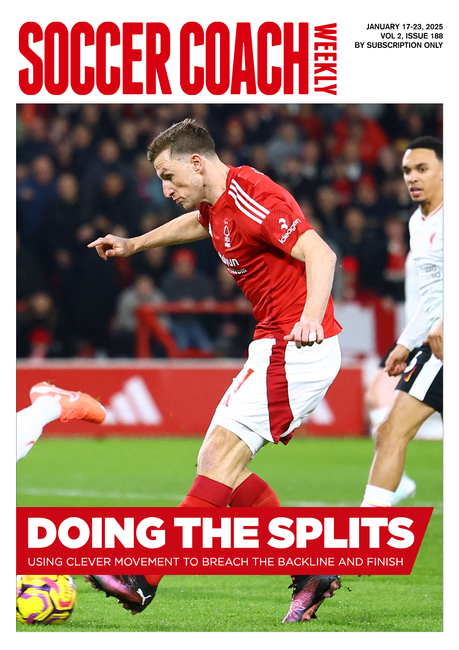How to use (and not abuse) relay races in training
Make more of relay races while preventing them from becoming too static for too many players.
Relay races are a way of improving skills under pressure because players enjoy competition and are motivated to train harder.
You can use them for handling and footwork and for some lifting and carrying work as well. They are not good for anything to do with contact because players won’t focus on the technique, only completing their ’lap’ at pace.
Handling can focus on carrying the ball, passing accurately and catching. For instance, the player can run a certain distance before passing to a team-mate who is a certain distance away.
Though this is a familiar exercise, it suffers from players passing to a static player, which is not likely in a game, plus the passer is often facing the receiver, again not game-realistic.
Therefore, you need to devise relays where the receivers are running onto the ball, and the passer is not passing forwards.
Relays are good for footwork, though the turning points must be clear. If you have poles, even better. Plus, it is preferable if there is not much straight-line running in the relays.
You can also use different starting points for some players, like ’wingers’ who have to start on a green cone two metres behind a forwards cone.
Be strict on changeovers, with points deducted for teams who cheat. I use parents to watch over the changeovers when working with younger players.
A tough stance on these changeovers early on will ensure the players know the boundaries.
SPRINT RELAYS
SPEED GROUPS
Split your team into groups of five, with who you believe to be the fastest players in the top ’A’ group, the next fastest in ’B’ group and so on. If you do not have the right numbers, the top and bottom groups can have three or four members.
Start the top group on the 5m line, with both feet together. When you shout ’Go!’, they sprint out to the 22m line.
The slowest player will drop down to ’B’ group for the next round of sprints.
Now the ’B’ group goes. The fastest player is promoted to the ’A’ group, the slowest to ’C’ group, and so on. To keep an eye on the finishers, you will need a spare coach or injured player.
You can run this for about 10 minutes. It becomes very competitive because players don’t want to drop down a group.
REACTION GAMES
You can start players in different ways for a race. Try beginning them on their stomachs or backs, facing up or down the pitch.
You can also shout different words, which mean they might have to turn a certain way or jump or touch their chests to the ground. Let the players come up with their own ideas, too.
Related Files
Newsletter Sign Up
Coaches Testimonials

Gerald Kearney, Downtown Las Vegas Soccer Club

Paul Butler, Florida, USA

Rick Shields, Springboro, USA

Tony Green, Pierrefonds Titans, Quebec, Canada
Subscribe Today
Be a more effective, more successful rugby coach
In a recent survey 89% of subscribers said Rugby Coach Weekly makes them more confident, 91% said Rugby Coach Weekly makes them a more effective coach and 93% said Rugby Coach Weekly makes them more inspired.
Get Weekly Inspiration
All the latest techniques and approaches
Rugby Coach Weekly offers proven and easy to use rugby drills, coaching sessions, practice plans, small-sided games, warm-ups, training tips and advice.
We've been at the cutting edge of rugby coaching since we launched in 2005, creating resources for the grassroots youth coach, following best practice from around the world and insights from the professional game.
